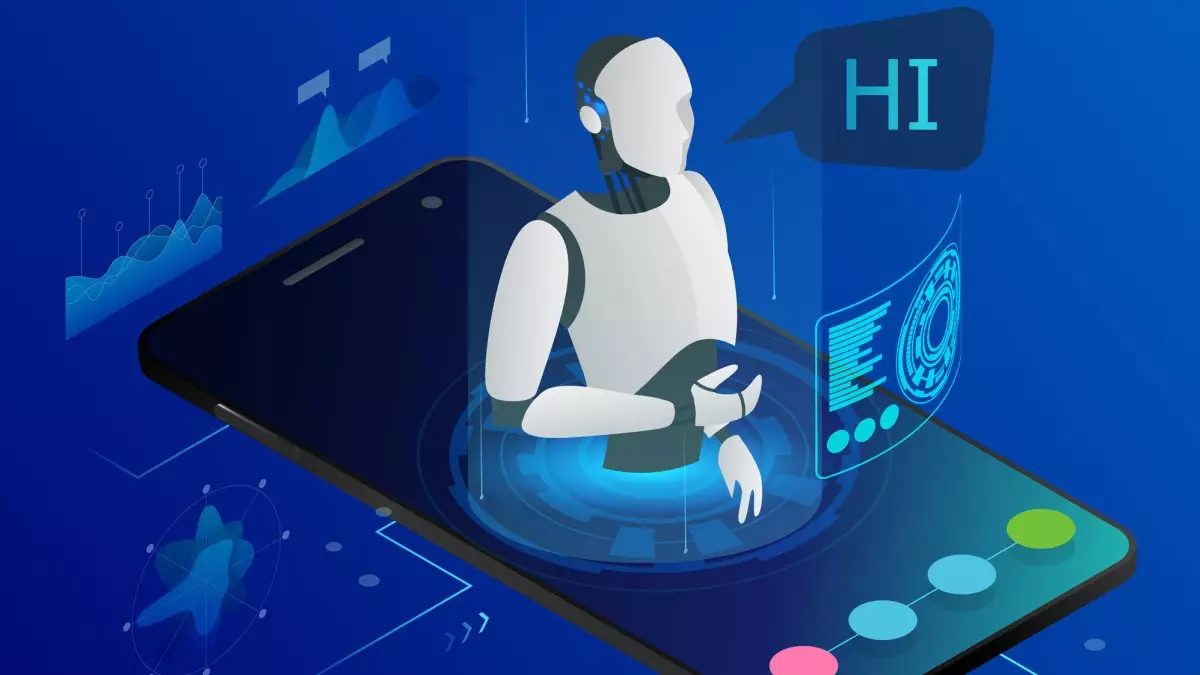The tech industry is buzzing with speculation regarding Apple’s venture into robotics, spurred by insights from trusted analyst Ming-Chi Kuo. The company reportedly is setting sights on both humanoid and non-humanoid robotic designs, reflecting a strategic pivot that could redefine not only the smart home landscape but also how consumers perceive robotic interactions. Given Apple’s historical approach of meticulous product development and market introduction, the journey into this complex arena appears to be both exciting and inherently risky.
In a recent research paper published by Apple, the company explored how humans engage with “non-anthropomorphic” robots, focusing on a Pixar-esque lamp as a central example. The paper aims to dissect the nuances of human-robot interaction, a subject marked by significant complexities and challenges. By delving into such research, Apple is attempting to lay the groundwork for its eventual foray into consumer robotics. However, it is crucial to recognize that much is still in the early stages, reminiscent of previous projects, like the much-anticipated Apple Car, which ultimately faced abandonment.
According to Kuo, this research is not yet an indication of imminent product releases but rather an “early proof-of-concept.” This nuance is essential; it reminds us that while Apple is gearing up for futuristic innovations, the road ahead is obscured by uncertainty, as is often the case in pioneering fields that demand extensive experimentation and fine-tuning.
A particularly interesting aspect of Apple’s research is the insistence on distinguishing “non-anthropomorphic” designs from humanoid forms. The industry is rife with debate regarding the advantages and disadvantages of humanoid robots versus other designs. Kuo points out that Apple seems more interested in how users perceive and engage with robots rather than merely their physical characteristics. This focus implies a significant investment in the underlying sensing technologies and software that will define user engagement with robotic systems.
However, anthropomorphism isn’t restricted to simply mimicking human forms; it encompasses a spectrum that influences how a robot can relate to human users. Apple’s strategy may reflect a deliberate attempt to navigate these design limitations while concocting a smarter relationship paradigm between users and machines.
Kuo’s commentary on Apple’s multifaceted development phase depicts a landscape where the company is throwing different ideas “at the wall” to evaluate potential successes. This could range from simple, versatile systems meant for day-to-day tasks to complex humanoid designs capable of performing household chores. Apple’s conceptualization hints toward a promise of creativity and innovation—yet the actual realization of a fully functional home robot remains distant.
The plausible product direction seems to lean toward simpler solutions, such as smart home displays integrated with mechanical capabilities—a far cry from the capability of folding laundry. However, proving the market viability of robots in everyday settings is imperative. Consumer appetite for household robots has been historically tepid, often limited to robotic vacuum cleaners. This poses a significant barrier to entry; in essence, before venturing into more advanced robotics, Apple must gauge interest in their simpler iterations.
The landscape of home robotics is fraught with challenges, including reliability, consumer pricing, and societal acceptance. Several companies looking to bridge the gap between industrial and domestic robots, such as Figure and Apptronik, highlight the economic strain of developing humanoid systems that can seamlessly transition from factory settings to homes. The high costs associated with these robots raise pivotal questions regarding their market feasibility. If consumers hesitated over the price of $3,499 for the Vision Pro headset, the prospect of more advanced, elaborate home robots scares off potential buyers.
Moreover, the technological reliability of these designs is paramount. With previous setbacks in ventures like the Apple Car and mixed reviews of other product launches, Apple must tread cautiously in this new terrain. The company’s historical prowess in refining and popularizing tech innovations will be tested as it navigates the treacherous waters of home robotics.
Apple’s exploration into the realm of robotics marks a significant pivot that could reshape future living environments. However, skepticism remains warranted. The technology community watches closely as Apple embarks on this journey, knowing full well that turning ambitious concepts into successful consumer products is riddled with intricacies. Therefore, while leaks and speculation dominate the tech narrative in the coming years, one certainty remains: The path toward a well-integrated robotic future will require not just innovation but also consumer trust and willingness to adapt.

